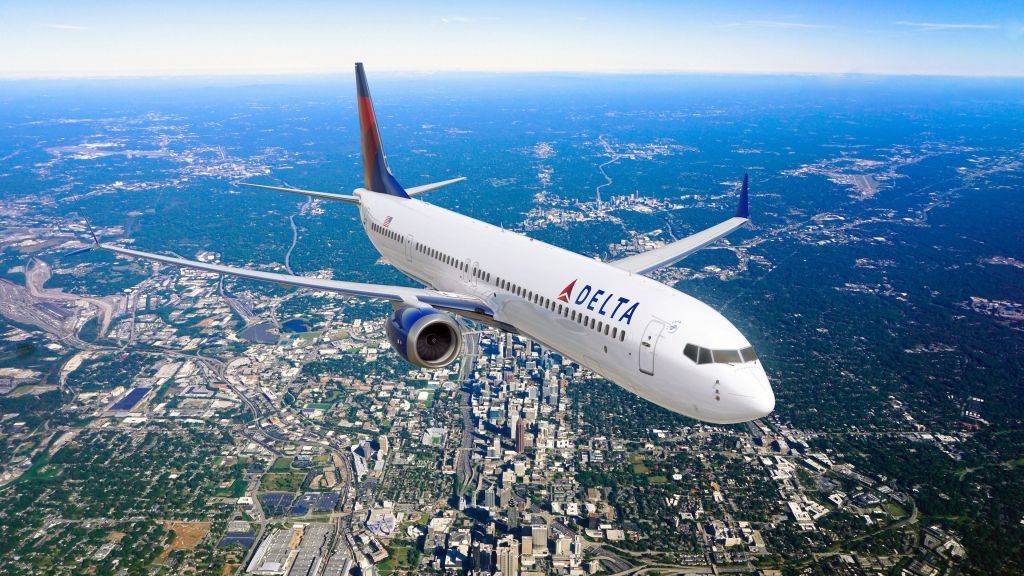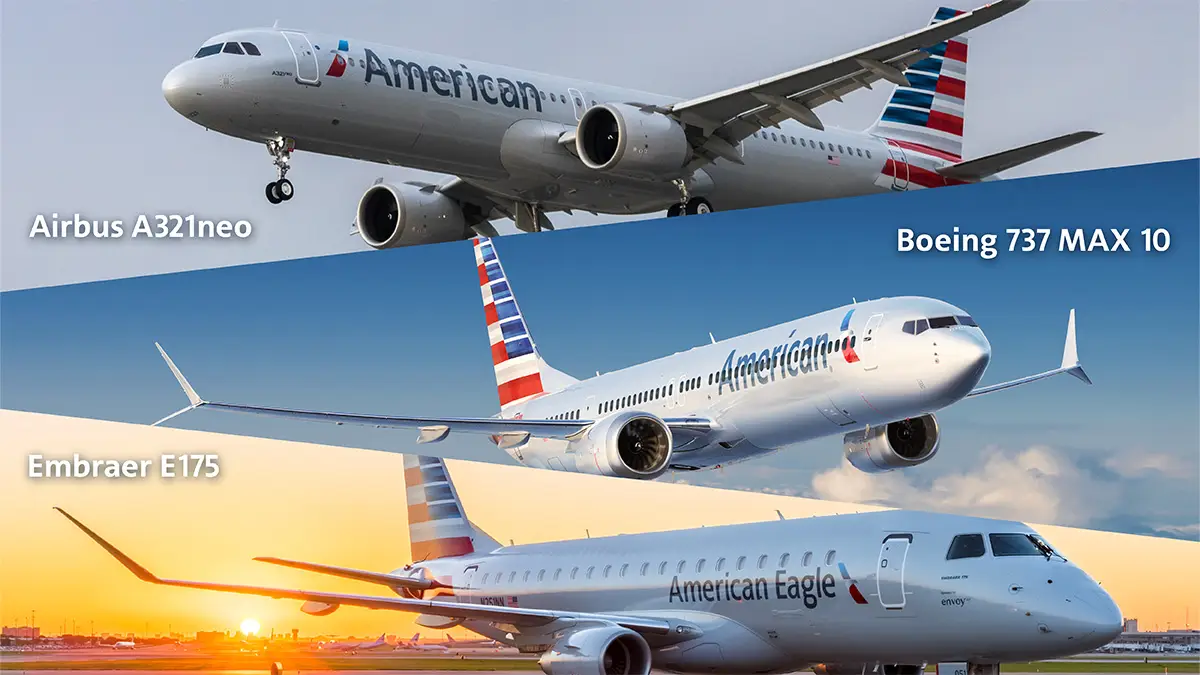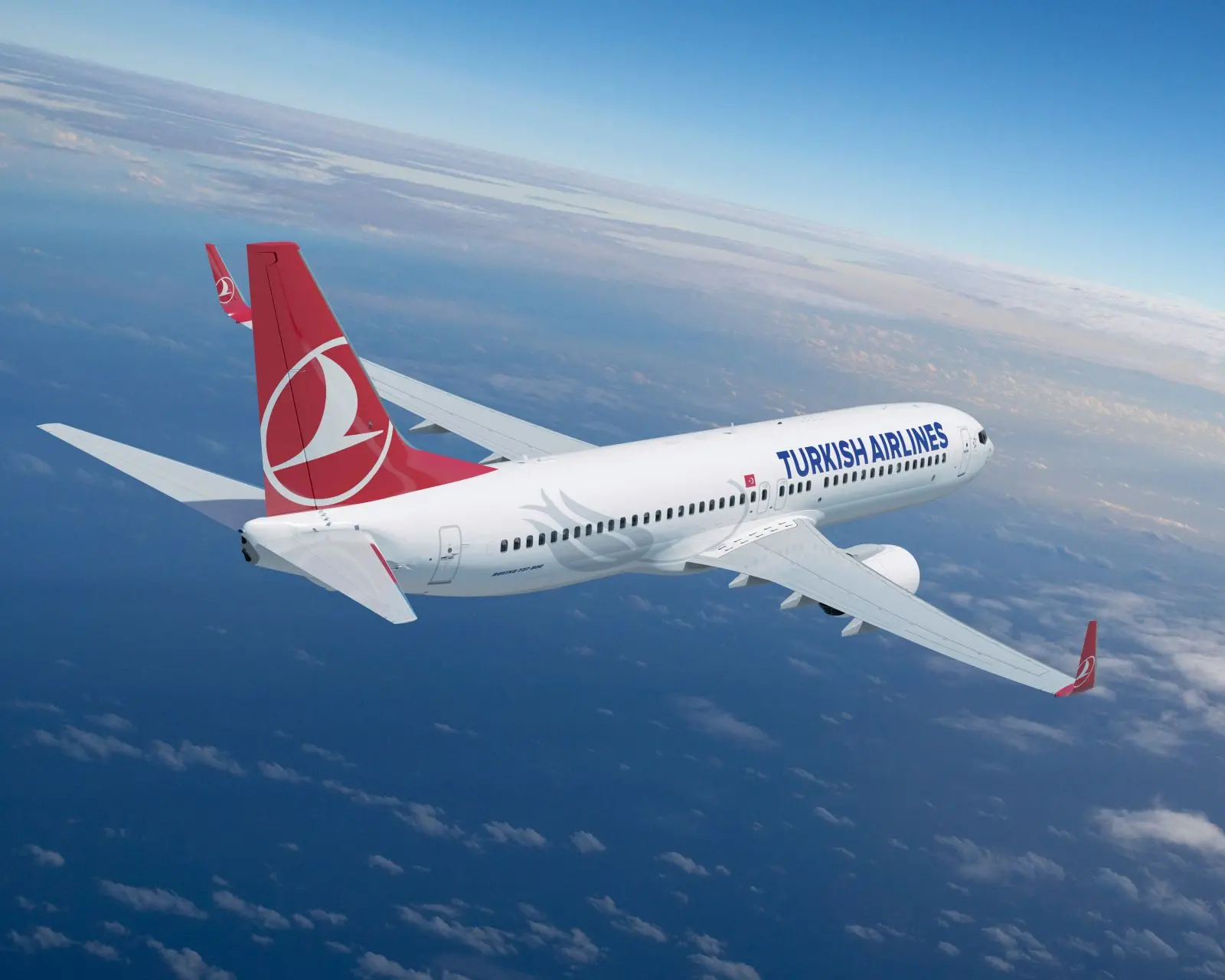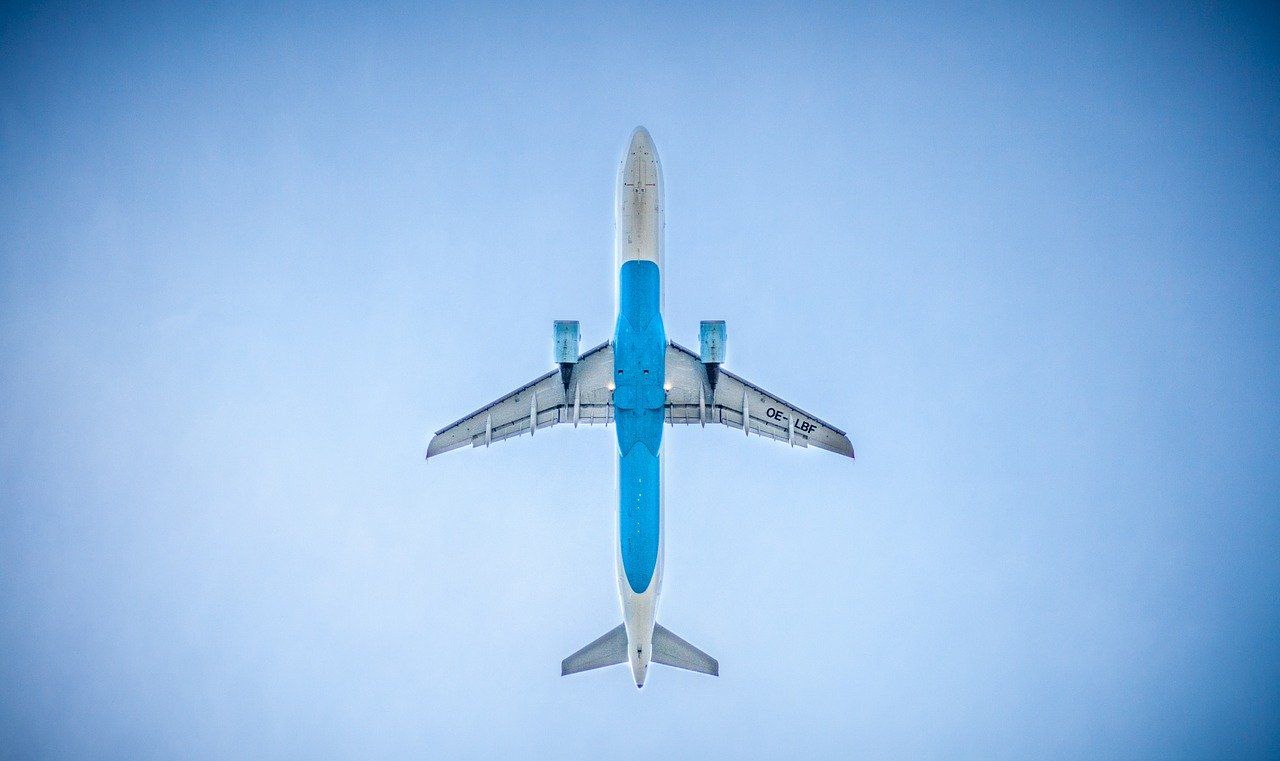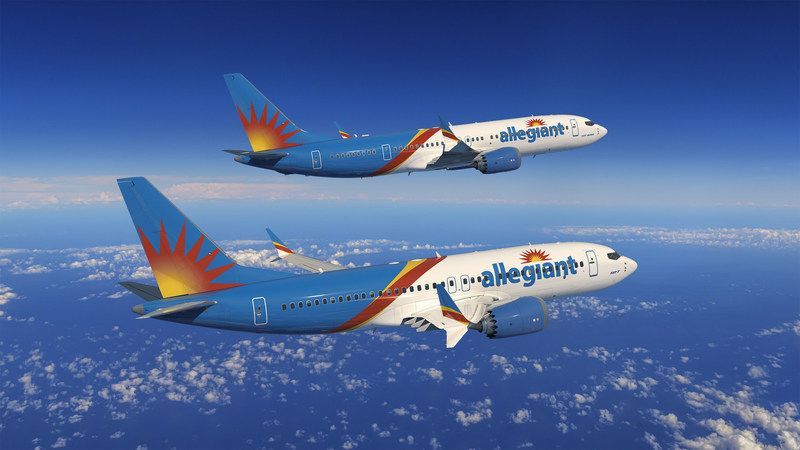Boeing has issued a directive for urgent safety checks on its Boeing 737 Max fleet. The directive comes after an important discovery of potential flaws in the rudder-control system, prompting immediate action from the Federal Aviation Administration (FAA) and airlines worldwide.
The issue was first identified when a routine maintenance check by an international airline revealed a bolt with a missing nut in the rudder-control system of a Boeing 737 Max airplane. This discovery led Boeing to conduct further investigations, uncovering a similar issue in another undelivered B737 Max aircraft.
Boeing has delivered over 1,370 B737 Max airplanes globally since 2017. The company’s swift response to the situation underscores its commitment to safety, urging all operators of the aircraft to conduct thorough inspections for any loose hardware. This precautionary measure, while highlighting potential safety risks, also demonstrates Boeing’s proactive approach to addressing aviation safety concerns.
The FAA, overseeing aviation safety in the United States, has taken a keen interest in the matter. The agency is closely monitoring the inspection process and stands ready to take further action if additional instances of loose or missing hardware are found. This level of vigilance is crucial, given the 737 Max’s troubled history and the critical role it plays in commercial aviation.
Boeing’s statement reassured the public and the aviation industry that no in-service incidents have been reported due to this potential hardware issue. The company emphasized that standard pre-flight checks conducted by flight crews would typically identify any malfunction in the rudder, a key component in controlling the aircraft’s direction.
The inspection process, as outlined by Boeing, involves a visual check to ensure the proper installation of the bolt in the rudder-control system. This procedure is expected to take approximately two hours per airplane, a relatively short duration considering the potential safety implications.
The directive has a broad impact, affecting several major American airlines such as United Airlines, Southwest Airlines, American Airlines, and Alaska Airlines. These carriers, which extensively use the B737 Max for short and intermediate routes, have expressed their commitment to complying with the inspection requirements. Notably, Alaska Airlines has already initiated the checks and anticipates completing them in the early part of January.
This development is the latest in a series of challenges for the Boeing 737 Max. The aircraft model was previously grounded worldwide following two catastrophic crashes in 2018 and 2019, which collectively claimed 346 lives. These incidents, involving Lion Air Flight 610 and Ethiopian Airlines Flight 302, were attributed to flaws in the aircraft’s flight control system, specifically the Maneuvering Characteristics Augmentation System (MCAS).
Following extensive investigations and modifications, the FAA cleared the 737 Max for flight in late 2020. Boeing has since undertaken significant efforts to enhance the aircraft’s safety features and rebuild trust with passengers and the aviation industry.
In addition to the technical and safety measures, Boeing has faced legal and financial repercussions. The company agreed to a $2.5 billion settlement with the Justice Department in 2021 over its handling of the 737 Max issues. Furthermore, Boeing reached a $200 million settlement with U.S. securities regulators, resolving investigations into misleading investor communications related to the 737 Max’s safety.
As the aviation community awaits the results of the ongoing inspections, this latest directive serves as a reminder of the continuous need for vigilance in aircraft maintenance and safety protocols. The outcome of these inspections will be crucial in ensuring the continued safe operation of the B737 Max fleet, a cornerstone of modern air travel.

